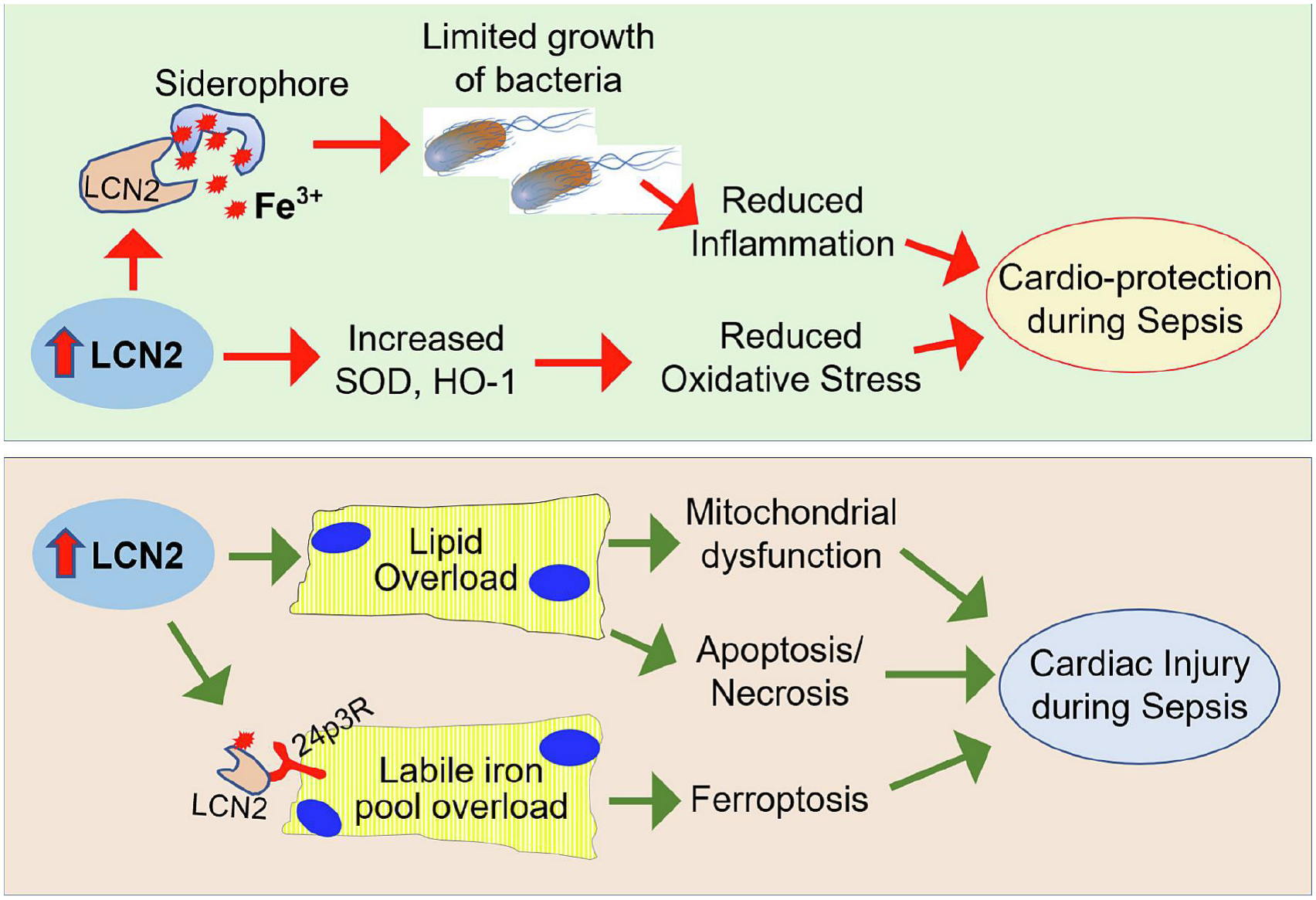Figure 5: Paradoxical role of LCN2 in sepsis-induced myocardial depression.

Increased levels of LCN2 could bind siderophore and limit bacteria to use of iron for growth, leading to reduced inflammation. In addition, Lcn2 can upregulate the expression of superoxide dismutase (SOD) and heme oxygenase-1 (HO-1), leading to reduced oxidative stress. Therefore, LCN2-mediated anti-inflammation and anti-oxidation should provide protection against sepsis-induced cardiac dysfunction. However, LCN2 is able to promote lipid accumulation and labile iron pool overload in cardiomyocytes, leading to apoptosis, necrosis, and ferroptosis, which exaggerate sepsis-induced cardiac injury.
